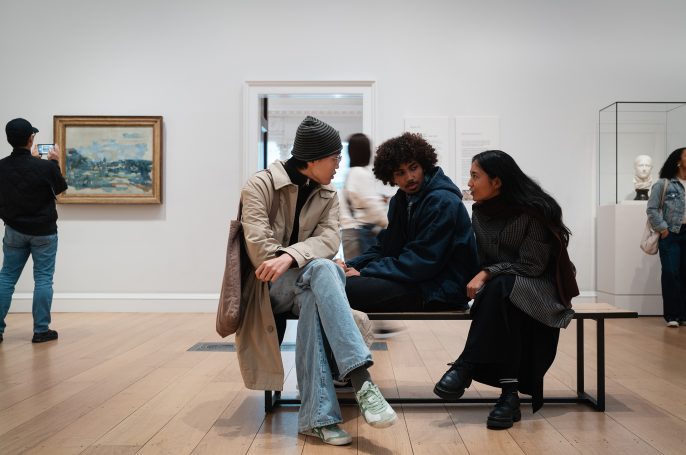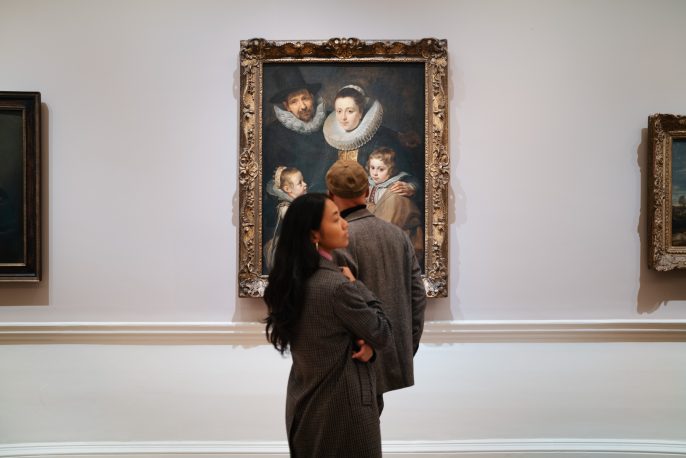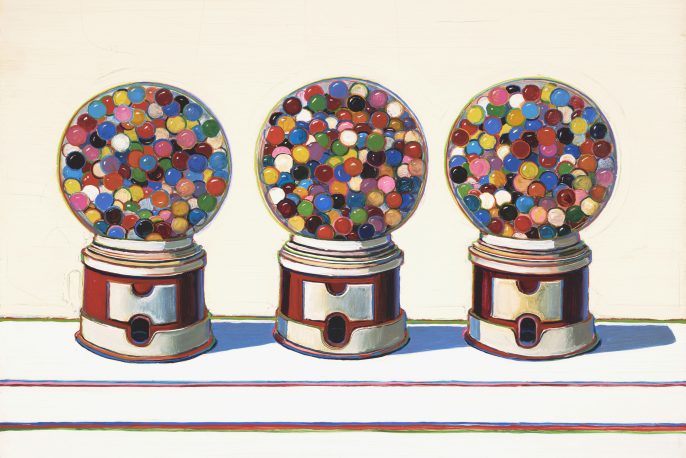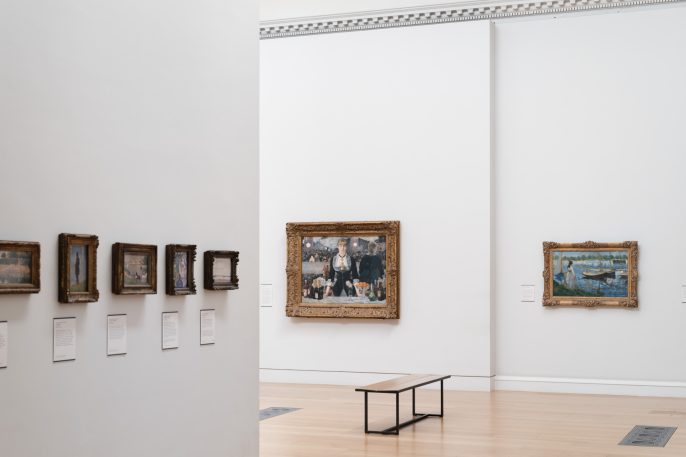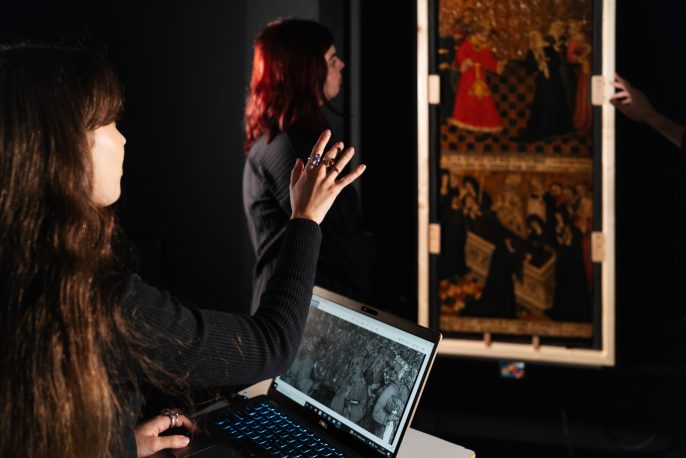Reflecting on the conceptual implications of the two major perception shifts in the arts since the Renaissance, this talk examined the synaesthetic nature of SoundArt as nexus art.
Referring to compelling SoundArt works, it probed the specific inter-sensory relations between sound and visual, tactile, spatial, corporeal, kinetic, interactive and aural perception in the context of today’s rapidly changing sensuality and explored aesthetic issues such as experience, embeddedness, expansion, navigation and interactivity.
Dr Kersten Glandien is an author, researcher, lecturer and curator in the fields of SoundArts, Aesthetics and Experimental Music. Born in Germany, she studied Philosophy, Aesthetics and Art History at the University of St.Petersburg (Russia). She worked as lecturer and researcher at the Technical University Dresden and as a senior research fellow at the Institute of Aesthetics and Art Theory of the Academy of Science in Berlin. Relocated to England, she took on an Adjunct Associate Professorship at Richmond University where she still teaches Contemporary Visual Culture. In 2003 she was called to the University of Brighton, where she co-developed the Digital Music & Sound Arts course and teaches SoundArt studies. Publications include texts on the aesthetics of SoundArt, RadioArt and Experimental Music, and studies on the work of Heiner Goebbels, Douglas Henderson and Sabine Schäfer. Her curatorial activities encompass experimental music concerts, Radio Art series, and Sound Installation exhibitions.
